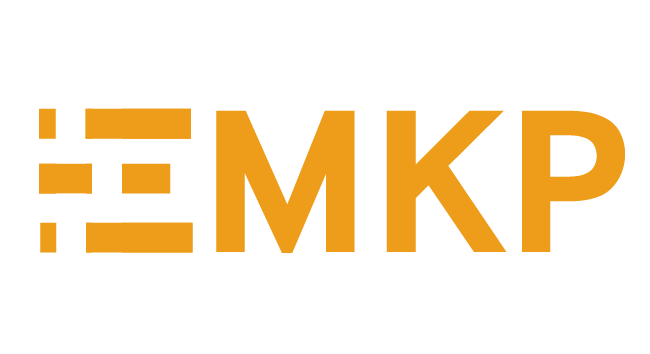This project seeks to document the material knowledge systems of two forest and agriculture rituals in Aceh, Indonesia, which are on the verge of extinction due to deforestation, prolonged military conflict, and the devastating 2004 tsunami and its aftermath.
The first ritual, known as ‘pet uno’, is a local tradition of harvesting forest honey, practised by Buloh Seuma villagers, Tapak Tuan, South Aceh. During this ceremony, the locals engage in communication with trees, bees, and forest, seeking permission to gather honey. Traditional materials, such as Pateng, Tandang, Nyulo, Piandang, Beulangong Dara, Peungayoh, Yarn Talo, Geulugo, and Awe are utilized in this ritual. The second tradition pertains to an agricultural ritual conducted in Lhokseumawe, North Aceh, which aligns with the rice cultivation cycle, particularly during the post-harvest celebration, to express gratitude towards god, nature, and people. Our documentation will encompass the whole steps of rituals, including musical instruments utilized in such agricultural festivals, such as Canang Ceureukeh, Alee Tunjang, and others. In addition to documenting these rituals, this project also aims to restore and revitalize these Aceh’s cultural heritage following the immense challenges posed by deforestation, protracted conflict, and the catastrophic tsunami. By documenting these rituals and developing the local repositories of the produced documentations, this project contributes to the wider accessibility, research, and development of these invaluable cultural legacies, ensuring its survival for future generations within the Acehnese communities.
This project will document these indigenous rituals by employing diverse media, such as video, audio, photo, textual, and visual maps. Such empirical data will be gathered through ethnographic fieldwork. During the fieldwork, we will engage with the local communities to gain deep insights into their cultural practices and collect data through in-depth interviews, informal talks, participant observations, participatory-based photo and video productions, and participatory mappings. This participatory approach, which will be applied in the whole steps of the project, allows us to bring up the perspective of informants or local communities as the main perspective in documenting their own traditions. To strengthen this indigenous perspective, we will provide a set of training to several local youths regarding photo and video documentation, which will enable them to be deeply involved in the project by producing their own versions of videos and photos.
Primary Applicant:
Muzayin Nazaruddin
Co-Applicants:
Anugrah Pambudi Wicaksono
Ade Ikhsan Kamil
Risky Wahyudi
Research Assistants:
Marzuki
Marjito Iskandar Tri Gunawan
Zaki Habibi
Location of Research:
Buloh Seuma, South Aceh and Lhokseumawe, North Aceh, Indonesia
Host Institution:
Universitas Islam Indonesia
Top Banner Image: People are making bamboo slats for honey presses. (Photo: Marzuki)
